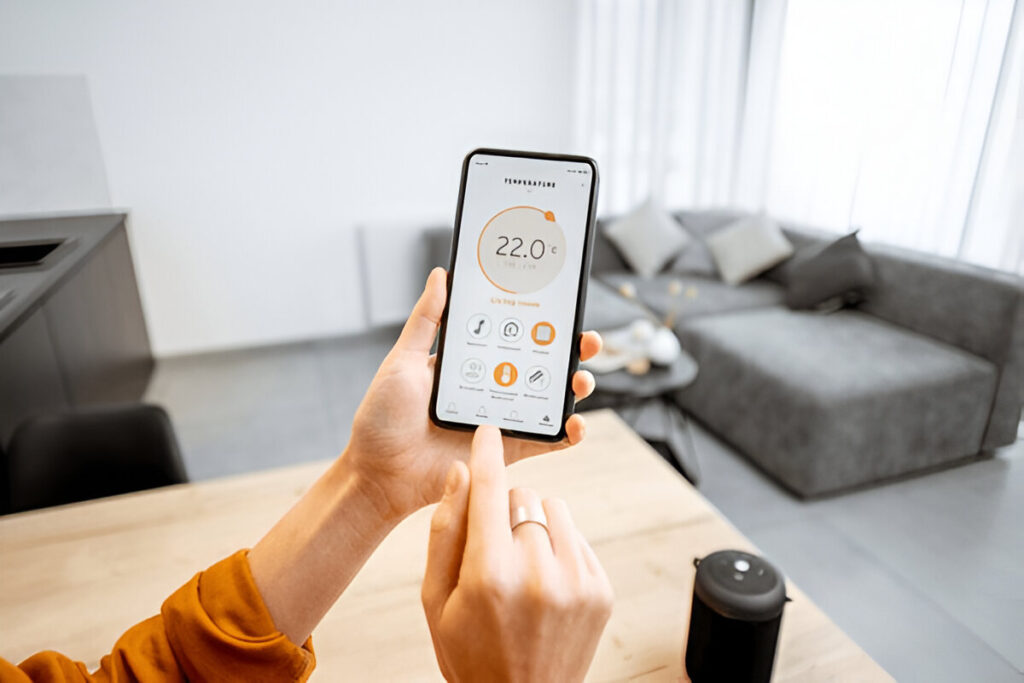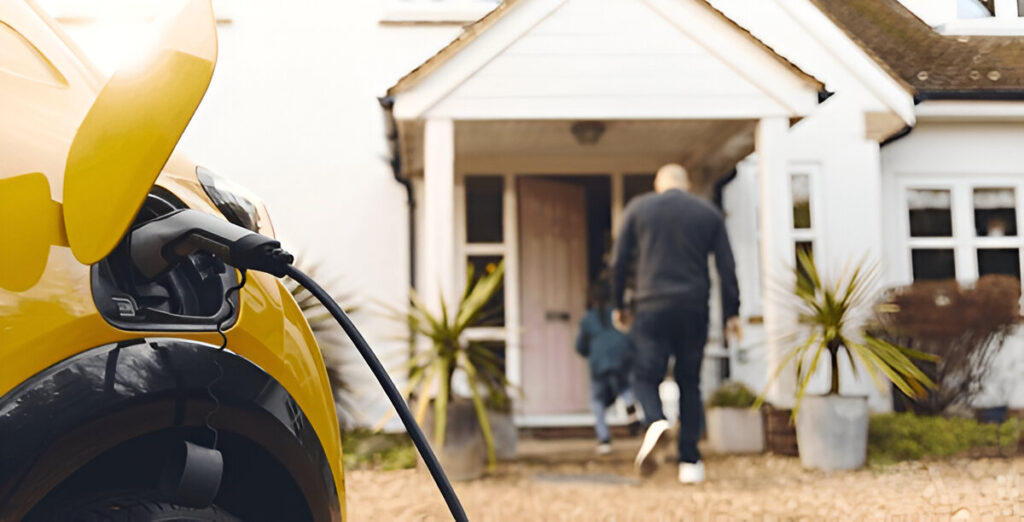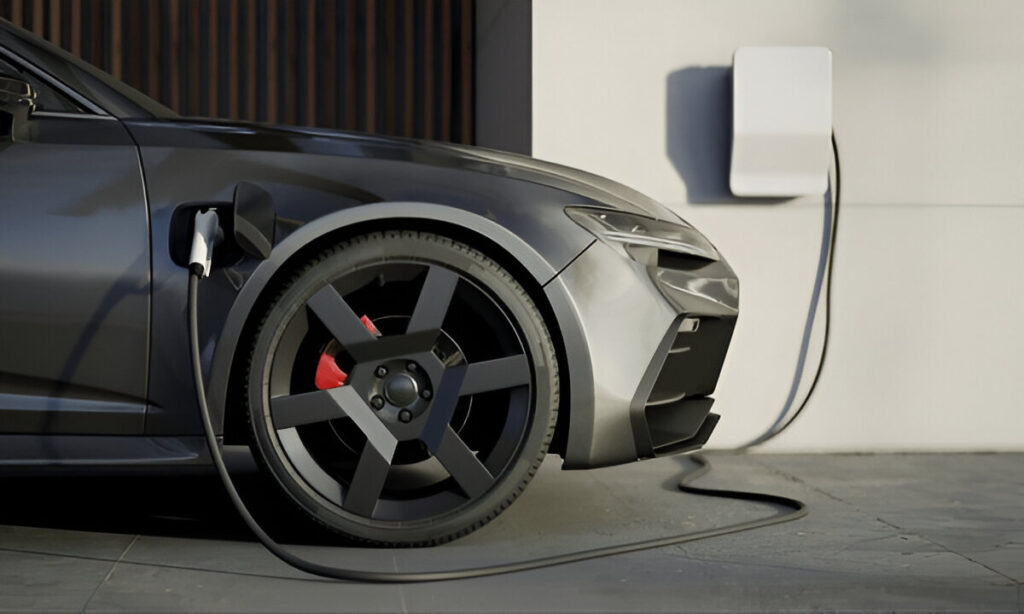Planning to install ev charger at home? Learn how EV charging impacts your electrical panel, and why a proper assessment and potential upgrade is essential for safety and performance.
The push toward electric vehicles (EVs) has more homeowners making the smart choice to install ev charger at home. But while the benefits are clear—convenience, savings, and independence—there’s one important piece of infrastructure that often gets overlooked: your home’s electrical panel.
Before you plug in your new Level 2 charger, it’s crucial to understand how EV charging affects your electrical system, what risks to avoid, and when it’s time to consider an upgrade.
How EV Chargers Affect Your Electrical Panel
Level 2 EV chargers, the most common type for home use, operate at 240 volts and typically draw between 30 to 50 amps. That’s a significant load to place on your home’s existing panel, especially if it was installed years ago or is already near capacity.
If your panel can’t handle the additional demand, it could trip breakers, overheat wiring, or cause a dangerous short circuit. Worse, it may not meet local code requirements—putting your home insurance and EV investment at risk.
A professional evaluation from a licensed electrician residential is essential before beginning any installation project. They can assess your panel’s capacity, inspect for outdated components, and determine if you need an upgrade.
When to Upgrade Your Electrical Panel
Not all homes require an electrical panel upgrade for EV charging, but many do—especially if the panel is:
- Rated below 200 amps
- Over 25 years old
- Already supporting multiple large appliances
- Using outdated brands like fuse boxes or challenger electrical panel
If any of these apply to your home, a panel upgrade may be necessary to safely install ev charger at home. Upgrading your panel not only accommodates the charger but also improves the safety and functionality of your entire electrical system.
Choosing the Right Charger for Your Setup
Once your electrical system is ready, you’ll need to choose an EV charger that suits your needs. Most homeowners opt for a wall-mounted Level 2 charger for its faster charging speed and reliability.
Look for features like:
- Adjustable amperage
- Wi-Fi or app control
- Overload protection
- Outdoor-rated casing if installed outside
When placing the unit outdoors, also consider using a gfci outlet outdoor to ensure electrical safety in wet or exposed areas.
Proper Installation Matters
Hiring the right contractor for ev charger installation near me ensures your system is installed to code and properly connected to your panel. A professional installer will handle permitting, load calculations, and any necessary sub-panel additions or wiring.
Improper installation can lead to serious risks, from power outages to electrical fires. A qualified professional safeguards your home, vehicle, and warranty coverage.
Additional Enhancements for EV Charging Areas
Beyond functionality, consider safety and convenience enhancements around your EV charging station. For nighttime charging, well-placed outdoor wall lights increase visibility, while led landscape lighting can improve overall curb appeal and help mark charging zones.
These small upgrades contribute to a safer, more user-friendly charging experience for years to come.
Conclusion
As more homeowners look to install ev charger at home, it’s vital to recognize the impact this upgrade has on your electrical system—especially your panel. Without adequate capacity, your home may not support safe and efficient charging.
With the help of a qualified electrician and a carefully planned installation, you can enjoy the benefits of home EV charging without compromising safety. Whether you’re upgrading an old panel or installing a brand-new charger, investing in your home’s infrastructure ensures your EV lifestyle runs smoothly.





